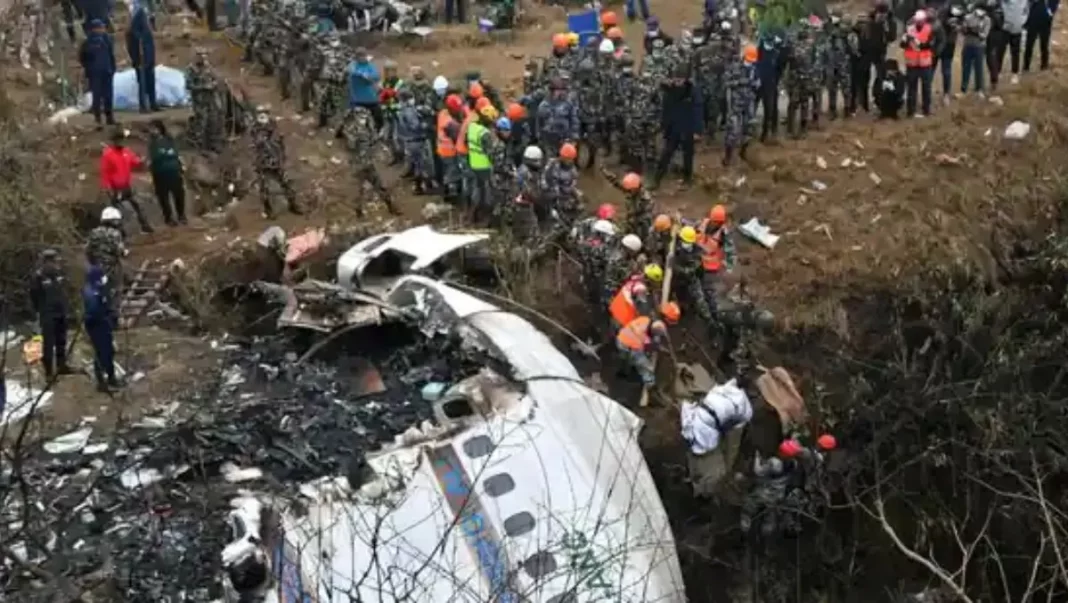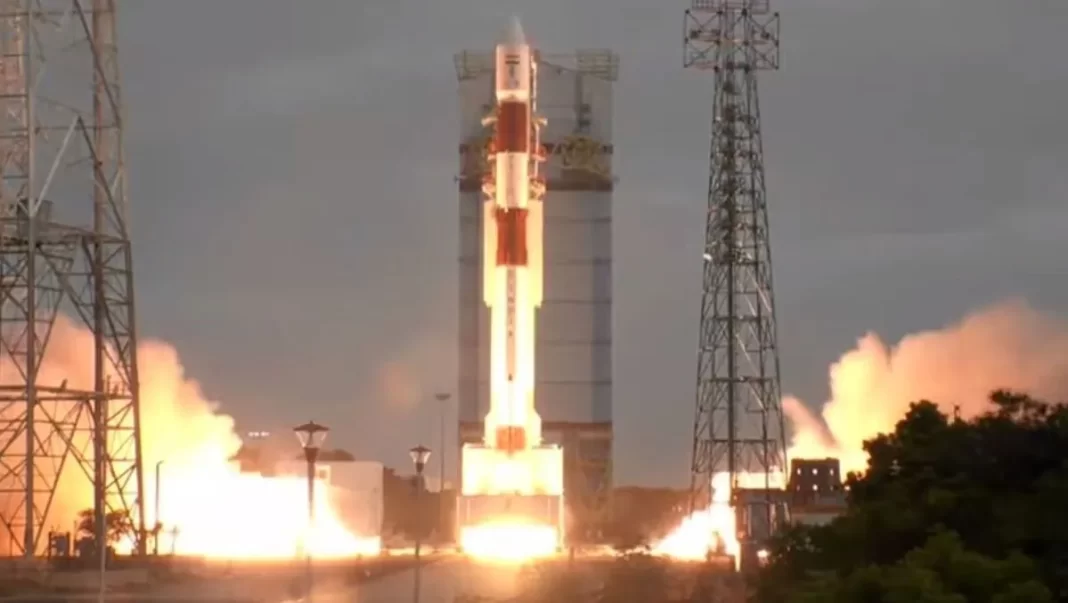Nearly a year after the devastating Yeti Airlines crash in Nepal that claimed the lives of 72 people, a government-appointed investigation panel has revealed that the incident was caused by a combination of human error and a lack of awareness. The crash, which occurred on January 15, just before landing in Pokhara, was one of Nepal’s worst airplane accidents in three decades.
The investigation report, submitted by a five-member commission, stated that the pilots mistakenly moved both condition levers to the feathered position in flight, resulting in the feathering of both propellers. This led to a loss of thrust, aerodynamic stall, and ultimately a collision with the terrain.
Dipak Prasad Bastola, an aeronautical engineer and member of the panel, explained that the pilots unintentionally placed the condition levers in the feathering position instead of selecting the flap lever. This caused the engines to run idle, without producing thrust. Despite the momentum, the aircraft flew for up to 49 seconds before tragically crashing.
Buddhi Sagar Lamichhane, another member of the investigating commission, emphasized that the “wrong lever” was pulled in the cockpit, leading to the technical malfunction. The report underscored a broader issue of a lack of standard operating procedures and awareness among pilots.
The aircraft involved was an ATR 72 operated by privately-owned Yeti Airlines, with engines manufactured in Canada by Pratt & Whitney Canada. The European Union had banned Nepali airlines from its airspace since 2013 due to safety concerns.
The Investigation Commission submitted the comprehensive report to the Minister for Culture, Tourism, and Civil Aviation, Sudan Kirati, after eight months and three days of investigation. Minister Kirati urged strict implementation of the commission’s suggestions to prevent future accidents caused by human error and operational deficiencies.
The tragic incident in Pokhara marked the 104th crash in Nepali skies and ranked as the third-largest in terms of casualties. The findings aim to improve safety measures and prevent such incidents in the future.



